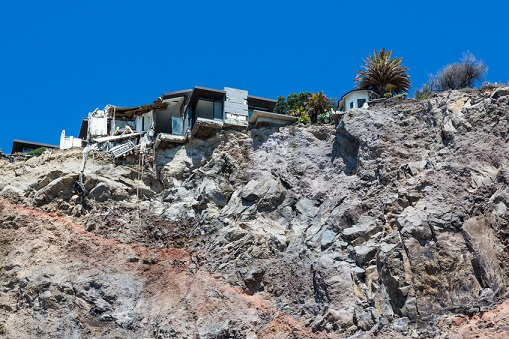

There is growing concern that the seriously damaged buildings near the November earthquake’s epicentre were under-insured or uninsured ̶ an issue predicted by an IAG leader in an Insurance Business report.
Paul Wylie, Hurunui District Council recovery manager, said that while it was early in the insurance process, it seemed that some homeowners, including those who had to rebuild their homes, in Waiau, North Canterbury, were facing significant shortfalls from the Kaikoura quakes.
Waiau, which was near the Kaikoura quake’s epicentre, was heavily impacted by the earthquakes. At least 25 homes in the town need to be rebuilt, while others are in need of major repairs despite emergency work to make them habitable.
“It’s between the owners and their insurance companies and EQC (Earthquake Commission), but anecdotally this is what we understand is emerging,” Wylie told Fairfax Media.
“On the face of it, people took a personal risk and they have to live with the consequences. But it leaves people in a very difficult situation and we’re trying to find out what, if anything, can be done to help them.”
Winton Dalley, Hurunui mayor, acknowledged that there are homeowners without insurance and those who are under-insured, saying: “It’s not a large number, but it’s significant for the people in that position.”
Want the latest insurance industry news first? Sign up for our completely free newsletter service now.
After the Christchurch earthquakes, there has been a shift to sum-insured policies instead of full replacement, prompting warnings about under-estimating rebuild costs, especially in cheaper housing markets.
In Waiau, most homes have rating valuations under $200,000, while some were below $100,000. Other damaged towns, including Cheviot and Ward, also have comparatively inexpensive housing, the report said.
Insurance Council chief executive Tim Grafton said many homeowners do not understand what sum-insured means, and could be caught out.
“People need to understand that ‘sum insured’ is the cost of rebuilding their property, it’s not the current value of the property which may be fairly low,” he said.
Aside from homeowners without sufficient insurance cover, there are also those whose rural properties had damage to land, plant, or outbuildings that may not be insured, Wylie told Fairfax.
A couple of weeks after the Kaikoura quakes, IAG chief risk adviser Karl Armstrong told Insurance Business that while the switch will make things considerably clearer for insurers and reinsurers, it might mean trouble for some customers.
“There’s going to be some horror stories,” he predicted. “But unfortunately the industry’s been telling customers for the past four or five years to use the calculators and this is what we’re going to be looking at.
“Under the new process where people have specified retaining walls, etc. we know exactly what the exposure is. Hopefully most will come out of it OK but I know there will be underinsurance in those communities.”
Related stories:
Insurer IAG expecting underinsurance ‘horror stories’
ICNZ: Reinsurers ‘might want to re-negotiate’ post-Kaikoura
Banks beat insurers in adopting new sum insured calculator
